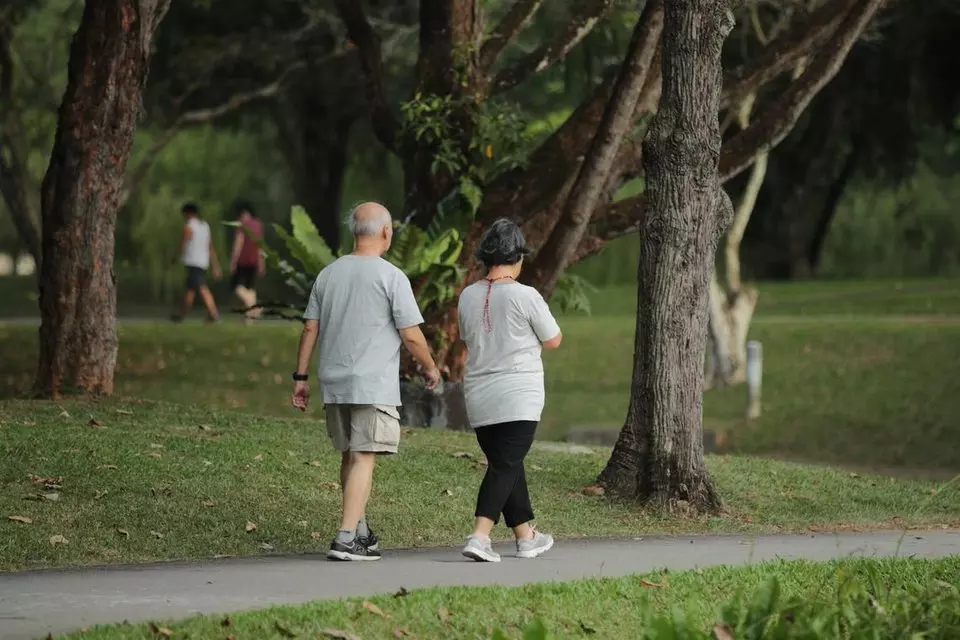
Japanese walking: why this fitness trend is gaining global attention
text_fieldsKingston upon Hull: A fitness trend known as Japanese walking is gaining popularity online, promising significant health benefits with minimal equipment and time commitment. Developed by Professor Hiroshi Nose and Associate Professor Shizue Masuki at Shinshu University in Matsumoto, Japan, Japanese walking involves alternating intervals of higher and lower intensity walking. Specifically, participants walk at a “somewhat hard” pace for three minutes—where talking is possible but a full conversation is difficult—followed by three minutes at a “light” pace, where talking remains comfortable but slightly laboured. This cycle is repeated for at least 30 minutes, four times per week.
Often compared to high-intensity interval training (HIIT), Japanese walking is considered less strenuous and performed at lower intensities. It requires only a stopwatch and a walking space, making it easy to incorporate into daily routines. Unlike other popular walking goals such as achieving 10,000 steps a day, Japanese walking demands less time and planning, making it accessible for a wide range of people.
Scientific evidence supports the benefits of Japanese walking. A 2007 Japanese study compared this interval walking method with lower-intensity continuous walking aimed at 8,000 steps daily. The results showed that participants practicing Japanese walking experienced greater reductions in body weight and blood pressure compared to those on the continuous walking regimen. Additionally, improvements in leg strength and overall physical fitness were more pronounced among those following the Japanese walking programme.
Longer-term research further indicates that Japanese walking helps counteract the declines in strength and fitness commonly associated with aging. Although it suggests potential longevity benefits, direct studies linking Japanese walking to increased lifespan have yet to be conducted.
Despite these advantages, there are considerations to keep in mind. In the 2007 study, approximately 22% of participants did not complete the Japanese walking programme, while 17% failed to complete the lower-intensity continuous walking target. This suggests that Japanese walking may not suit everyone and is not necessarily easier or more appealing than traditional step-based goals.
Current guidelines for daily steps recommend around 6,000 to 8,000 steps for people aged 60 and older, and 8,000 to 10,000 steps for those under 60, which have been associated with increased longevity. Comparable evidence for Japanese walking is still lacking.
Ultimately, the key to health and longevity appears less about the specific form of exercise and more about how often and how intensely it is performed. Research consistently shows that regular bouts of moderate to vigorous physical activity contribute to a longer life, regardless of the duration of each session. Therefore, incorporating Japanese walking into a habitual routine of moderate to vigorous exercise is a worthwhile option for those seeking effective fitness strategies.
With PTI inputs
























